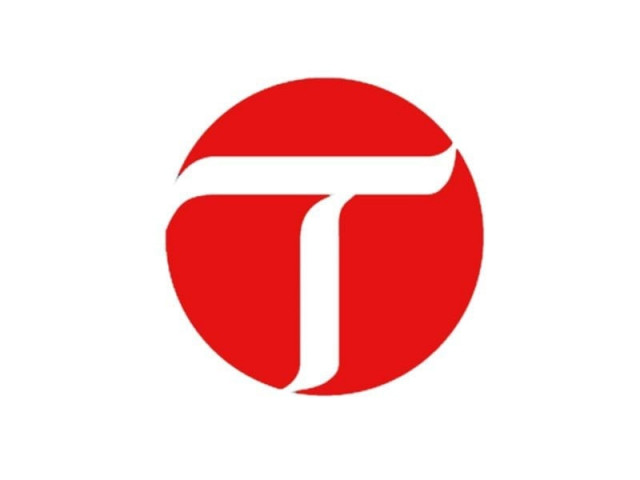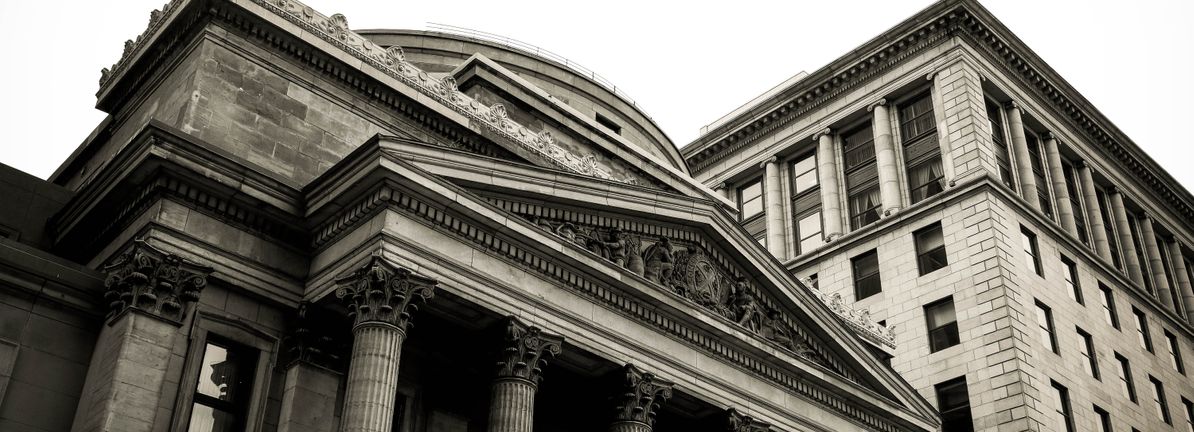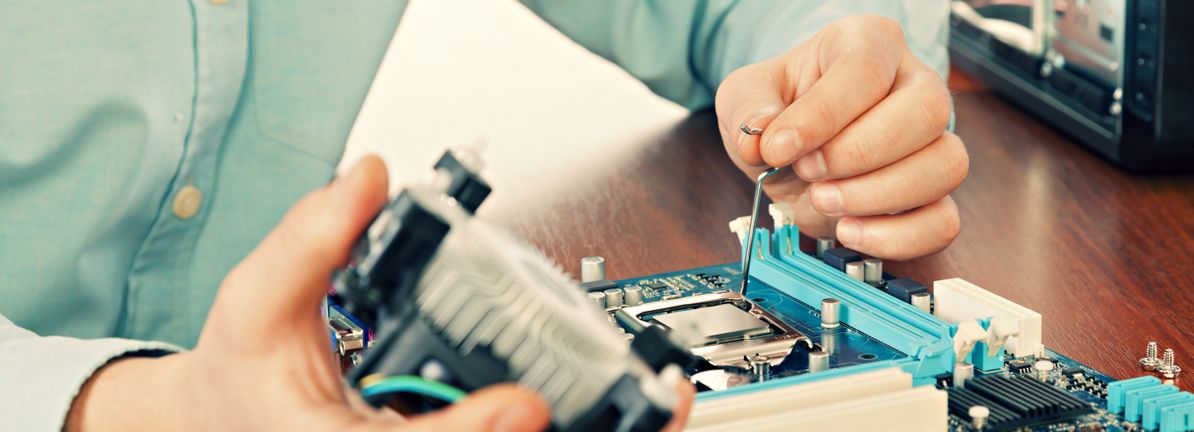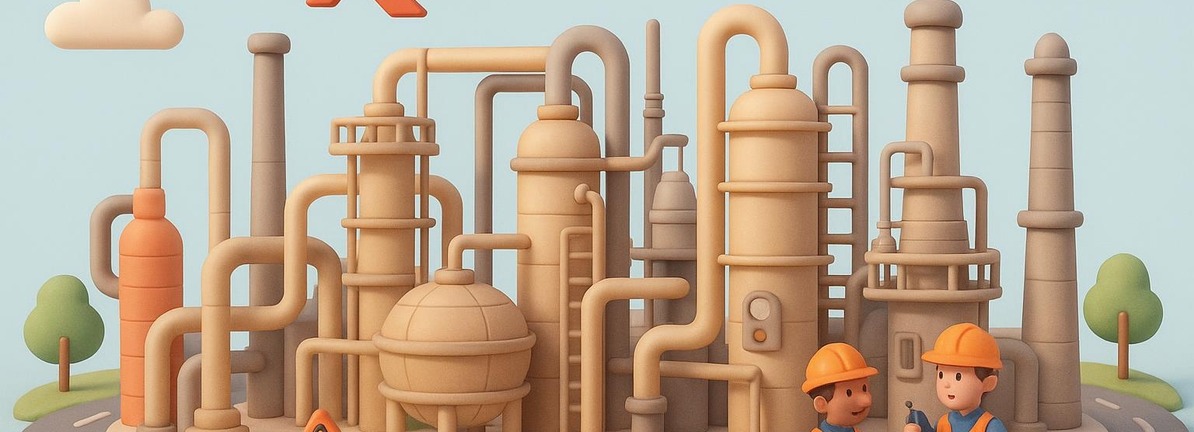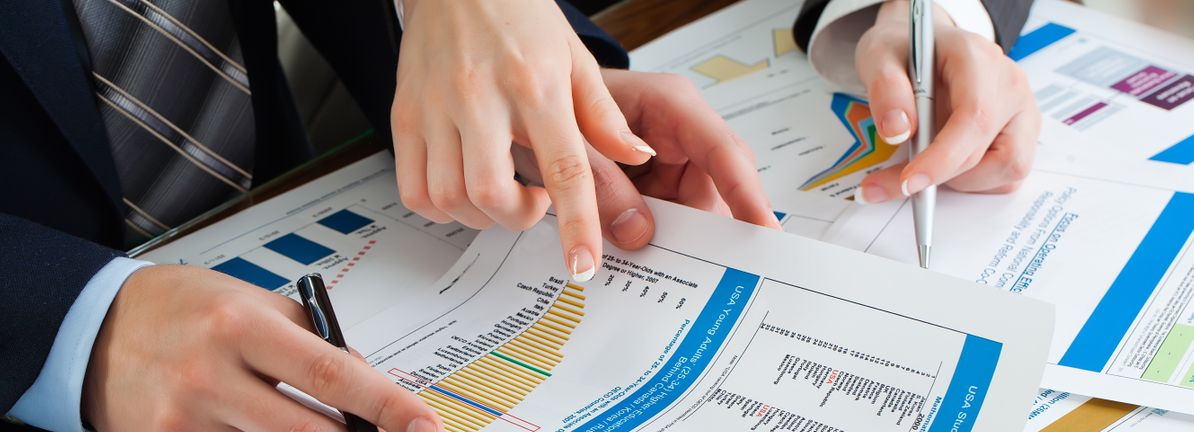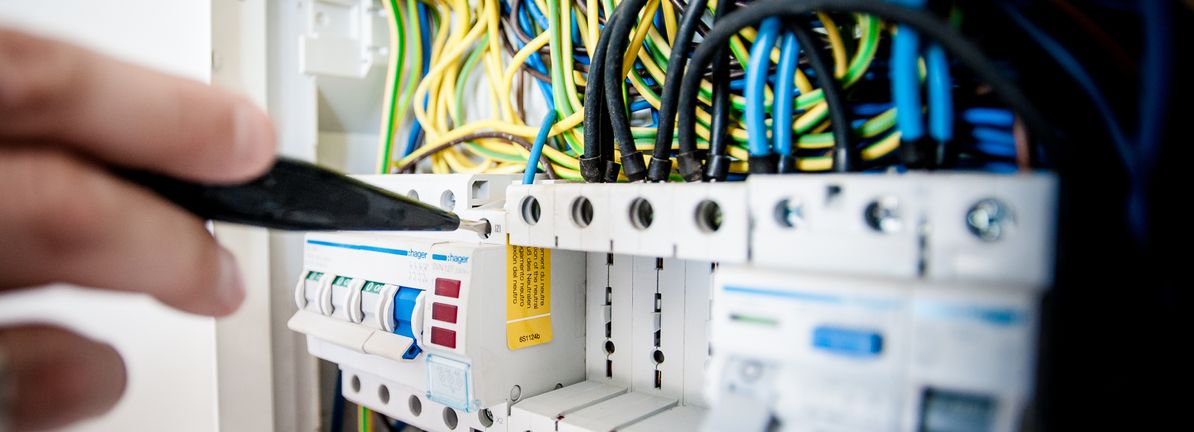KARACHI:
Pakistan’s iron and steel scrap, raw material for iron bars used in housing and other infrastructure building, imports surged to their highest level in nearly four years, driven by renewed private construction activity and improved cost dynamics for local steel producers.
According to data compiled by Arif Habib Limited (AHL), iron and steel scrap imports rose sharply to 359,759 tons in September 2025, marking an increase of 30 percent year-on-year (YoY) and 36% month-on-month (MoM), the highest monthly volume since December 2021.
“The demand uptick is mainly coming from private sector construction projects that were stalled for a long time, housing, apartment complexes, and renovation works are showing signs of revival,” Nasheed Malik, Analyst at Arif Habib Limited, told the ET.
During the first quarter of FY26 (JulySeptember 2025), total scrap imports reached 935,981 tons, up 12% YoY. In value terms, imports during September stood at $178 million, showing an 11% YoY increase, even though the average import price per tonne dropped 15% YoY to $494, reflecting lower global scrap prices.
On a quarterly basis, the import value fell slightly by 2% YoY to $486 million due to a 12% YoY decline in the average import value per ton to $524.
Commenting on the development, the Arif Habib Limited analyst said that the surge in steel scrap imports reflects a revival in the long steel segment, which primarily caters to the construction sector through products such as rebars and girders.
Malik added that the growth in steel demand is roughly 10%15%, consistent with the 14% year-on-year growth in cement dispatches during the last four months, indicating a broader pickup in construction activity.
Pakistan’s cement sector is expected to post a 30% year-on-year growth in profit after tax (PAT) to around Rs25 billion in 1QFY26, according to Optimus Research. The profitability rise stems from a 14% YoY increase in revenue, lower coal and finance costs, and improved gross margins of 34.3%. Cement dispatches rose 16% YoY to 12 million tons, supported by 14% higher domestic sales and 21% growth in exports. Despite stable local prices, cheaper imported coal, better fuel mix, and lower interest rates boosted earnings. The outlook remains positive, aided by stable PKR, soft energy prices, and infrastructure spending.
“In the south, there’s also some progress on government infrastructure projects, and in October, flood rehabilitation work has started, further adding to demand,” Malik said.
The analyst noted that gross margins in the steel sector have improved significantly in recent months, rising from 5%6% previously to around 10%11% now, supported by a combination of policy measures and lower input costs.
“One key factor is the reduction in electricity tariffs for industrial consumers, which has lowered production costs. In addition, the government has eased the import duty structure, duties on raw materials like steel scrap have been reduced by 1%2%, and trade duties have also been brought down by 2%, creating room for margin expansion,” Malik said.
He added that the decline in policy rates has further supported steelmakers by reducing financing costs and easing working capital constraints. “Managing working capital is now easier because finance costs have come down. This has allowed producers to import more scrap and ramp up operations,” he explained.
Analysts believe that the surge in scrap imports signals renewed momentum for Pakistan’s long steel industry, a critical component of the domestic construction supply chain. The sector, which had been under severe pressure during FY23 and FY24 due to import restrictions, currency volatility, and high interest rates, is now showing early signs of recovery.
AHL’s report described the recent import trends as “positive for the long steel sector,” noting that steel scrap is the primary raw material for producing billets, rebars, and girders.
Industry experts say that if the current demand trajectory holds, supported by private housing activity and selective public projects, steel producers may see improved capacity utilisation and cash flow stability in FY26.
However, risks remain. Any renewed currency weakness, potential reversal in tariff relief, or delays in public development spending could moderate the sector’s gains. Furthermore, the decline in global scrap prices, while currently beneficial, may reduce import value growth and impact export competitiveness if price volatility returns.
For now, though, sentiment appears to be improving. “Both demand-side and policy-side dynamics are turning favourable for steelmakers,” Malik added. “Imports are rising because of stronger domestic demand, better margins, and improved financing conditions, a combination we haven’t seen in years.”
